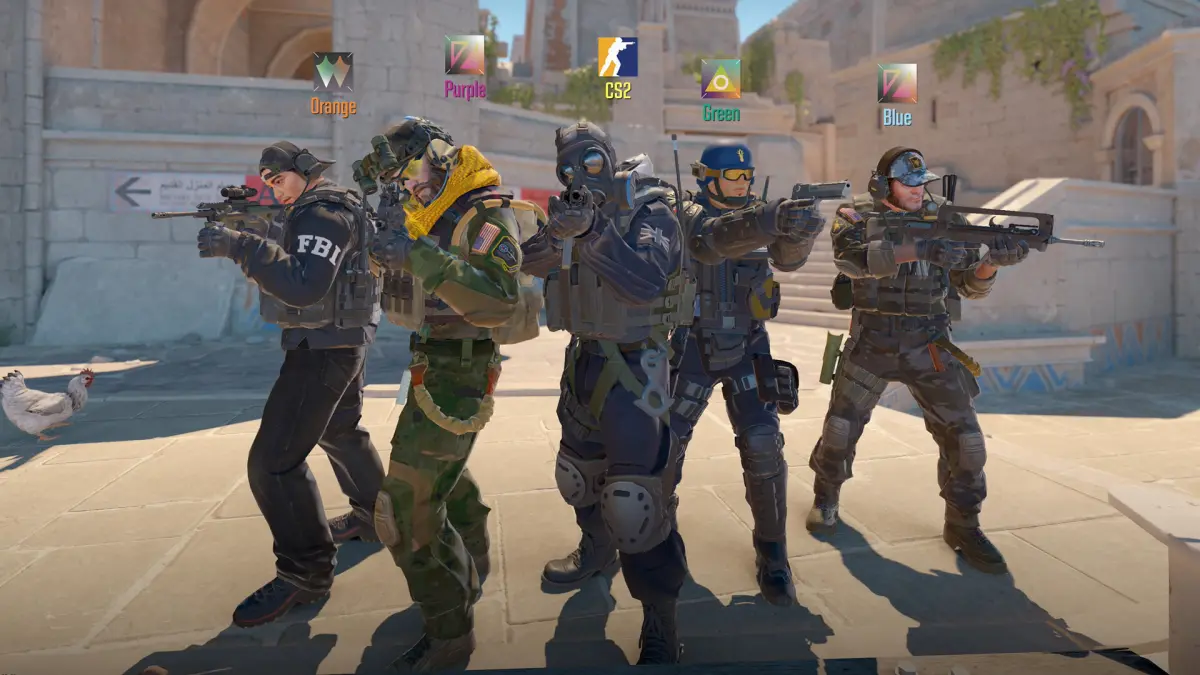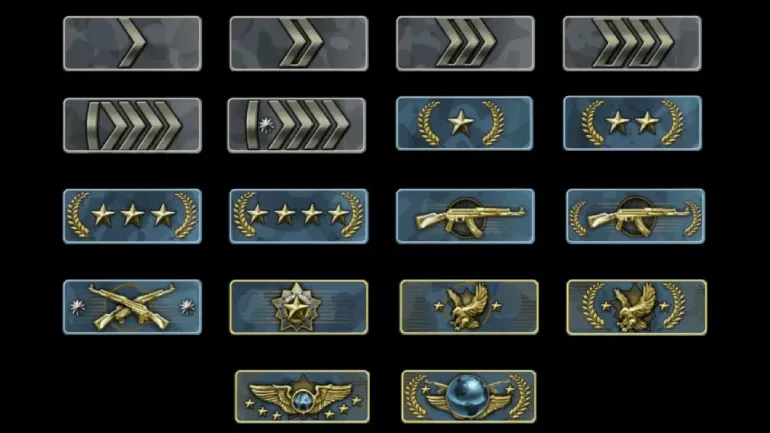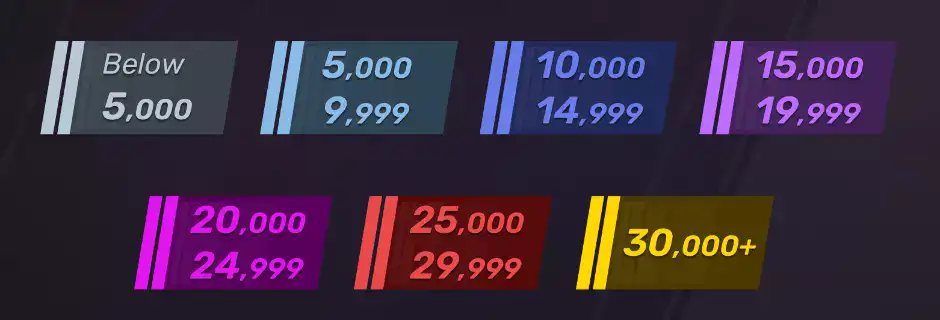CS2 Ranks Overview and How It Works
Whether you're grinding your way up the leaderboard or just trying to understand how progress is tracked, knowing how the CS2 ranks work is key to improving your experience in Counter-Strike 2. Valve’s latest iteration of the classic shooter introduced a revamped competitive ranking system that now splits into two core paths: Premier Mode and Competitive Mode.
In this guide, we’ll break down all the ranks in CS2, explain how placement and progression work, and outline the differences between CS2 Premier ranks and CS2 competitive ranks. Whether you’re a seasoned Global Elite or starting out fresh, this article gives you the knowledge to better understand your matchmaking journey.

CS2 Ranking System: The Basics
Counter-Strike 2 currently uses two parallel ranking systems:
- CS2 Competitive Ranks: The traditional 18-tier system used in classic competitive matches, map-based.
- CS2 Premier Ranks: A new mode with an Elo-style rating system, called CS Rating, displayed publicly and used in global leaderboards.
This dual system lets players enjoy both structured map-based matchmaking and a more dynamic, leaderboard-driven experience. Let's dive into both in detail. These systems not only offer different styles of competitive experience but also reflect different types of player growth. While CS2 competitive ranks give you a visual badge tied to specific maps and performance, CS2 premier ranks are tied to your global skill level and used for leaderboard placement. Each system rewards consistent play, but in different ways — one for tactical familiarity, and the other for overall adaptability and skill.
CS2 Competitive Ranks Explained

CS2 Premier Ranks (CS Rating)
In Premier Mode, players receive a numeric CS Rating based on performance in official matches. This rating determines leaderboard position and skill bracket. Unlike traditional ranks, Premier Ranks are color-coded by rating tiers:

How CS2 Ranking Works: Placement, Progression & Decay
The ranking system in CS2 is designed to reflect both performance and consistency. Whether you're playing in traditional matchmaking or Premier mode, your rank or CS Rating is influenced by more than just wins and losses. Here's how it works:
If you're stuck in a difficult skill bracket or want to skip the grind, a reliable CS2 Boosting service can help you reach your desired rank quickly and safely.
Placement Matches
To receive your first CS2 competitive rank, you'll need to win 10 placement matches. These games determine where you start on the 18-tier ladder. Performance, impact, and match difficulty all play a role in your initial placement.
In Premier mode, you only need to complete 10 matches to receive a starting CS Rating. This score is visible and immediately places you on regional and global leaderboards.
Rank Progression
Your performance in each match affects whether your rank increases, decreases, or stays the same. Key factors include:
- Winning the match (team outcome)
- Your personal impact (kills, assists, MVPs, clutches)
- Enemy team skill level
- Round difference and economy usage
In Premier, your CS Rating rises or drops numerically after each match, similar to Elo systems. The more consistent and impactful your gameplay, the faster you rise.
Rank Decay
While CS2 does not formally decay your rank due to inactivity, players may become deranked or need to re-place after long periods of not playing. Additionally, losing streaks, underperformance, and low-impact matches can cause gradual demotion.
To maintain or improve your position, stay active, play with purpose, and focus on consistency. Climbing in CS2 ranks is not just about aim — it’s about impact, timing, and adaptability.
Tips to Rank Up Faster in CS2
- Play with a consistent squad: Queueing with teammates you trust reduces randomness and helps execute team strategies more effectively.
- Master utility usage: Learn essential grenade lineups for each map — smokes, flashes, and mollies can change the outcome of rounds more than aim alone.
- Communicate clearly and calmly: Effective callouts, info sharing, and morale boost your team’s chances to win even losing rounds.
- Watch your demos: Reviewing your matches helps you catch bad habits, positioning mistakes, or missed opportunities for better decision-making.
- Focus on impact, not stats: Ranking systems reward players who contribute to round wins — planting, trading, clutching, supporting — not just fragging.
- Warm up before matches: Even 10–15 minutes in Aim Botz, Deathmatch, or Recoil Master can improve your consistency under pressure.
- Stick to fewer maps: Specialize in 2–3 maps during your grind to improve decision-making, grenade placements, and positioning faster.
- Don’t tilt: Losing streaks often come from frustration. Take breaks, mute toxic players, and treat each match as a learning opportunity.
Conclusion
The CS2 ranking system is more than just a badge — it’s a reflection of your progress, consistency, and impact in matches. Whether you’re grinding through the cs2 competitive ranks or climbing the global leaderboard in cs2 premier ranks, understanding how ranks work gives you a major edge.
Focus on fundamentals like positioning, utility, and communication. Learn how to support your team, not just frag. And remember — ranking up in CS2 is a long-term game. The more you adapt, the more you improve. GLHF!
FAQ
You need to win 10 placement matches in Competitive or Premier to get a starting rank or CS Rating.
Premier Mode is ideal if you prefer a visible CS Rating and leaderboard competition. Competitive is more casual and map-specific.
Win consistently, focus on teamplay and utility, and avoid tilting. Your personal impact (MVPs, clutches, trades) also helps your progression.
Change Log
- 03.09.2025 - CS2 Ranks Overview and How It Works published.

